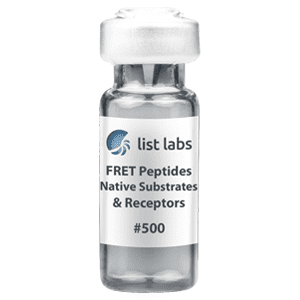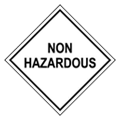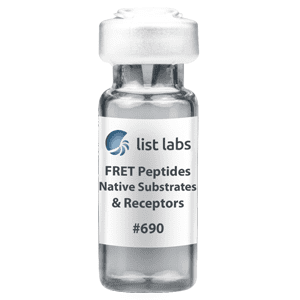Have a specific question about your LBP project? Click below and let’s get started.
Substrates and Receptors
Buy Substrates and Receptors
- Products
- Information
- Related Citations
- Related Blog
$430.00
$1,340.00
List Labs
540 Division Street
Campbell, California
List Biotherapeutics
9800 Crosspoint BIvd Suite 2011
Indianapolis, IN 46256, USA


- © 2026 List Biological Labs, Inc
- Privacy Policy
- Terms of Use
- Cookie Preferences






